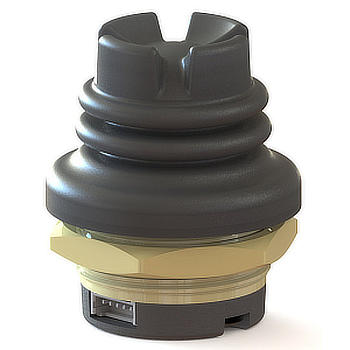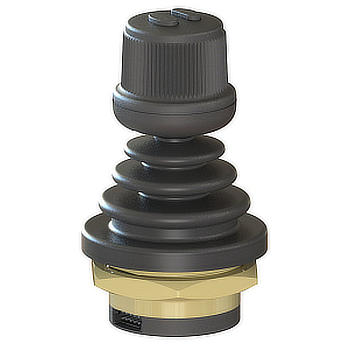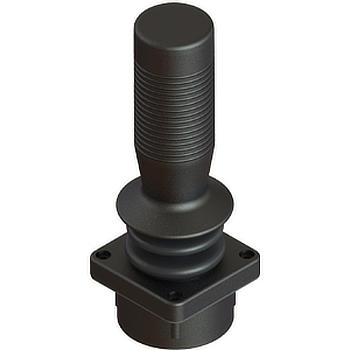In this month’s complete guide to joysticks, we are going to be discussing different types of joysticks, their history, how they work, what they are used for and their benefits.
The first confirmed use of such a device was in 1908 by the French aviation pioneer Louis Bleriot in his Bleriot VIII experimental aircraft. The device used by Louis Bleriot was purely mechanical. The first joystick as we know it today was invented at the U.S. Naval Research Laboratory by C. B. Mirick and patented in 1926. It was a two-axis electronic joystick and was originally designed for remotely piloting aircraft.
In 1944 German scientists utilised a 2-axis design to control their Henschel Hs 293 glide bombs and unpowered Fritz-X missiles. These joysticks used electrical on-off signals allowing for a more effortless radio control transmitter system. This allowed certain bomber aircraft to accurately guide both rocket-propelled and unpowered guided missiles onto their targets.
Joystick technology continued to develop gradually throughout the 50’s, 60’s and 70’s and was used in NASA’s Apollo programme, most notably in the Apollo lunar lander test models. However, their use changed dramatically in the early 1980’s when home gaming machine popularity was increasing, the first joystick-controlled gaming controller was for the Atari 5200 in 1982.
The idea of using joysticks for gaming began to gain traction with the first thumb style joystick being used in 1988 with the release of the NES MAX. The NES MAX showed how useable and intuitive joysticks could be in gaming, but it was not until the release of Sony’s PlayStation Analog joystick in 1996 that the gaming joystick really took off due to its ability to work so well within a 3D world.
Outside of gaming, the joystick found its home not only in aviation applications but also in controlling machines such as UAV’s and sub-sea remotely operated vehicles (ROV’s), construction equipment, off-road vehicles, surveillance cameras, wheelchairs, and multiple military applications.



